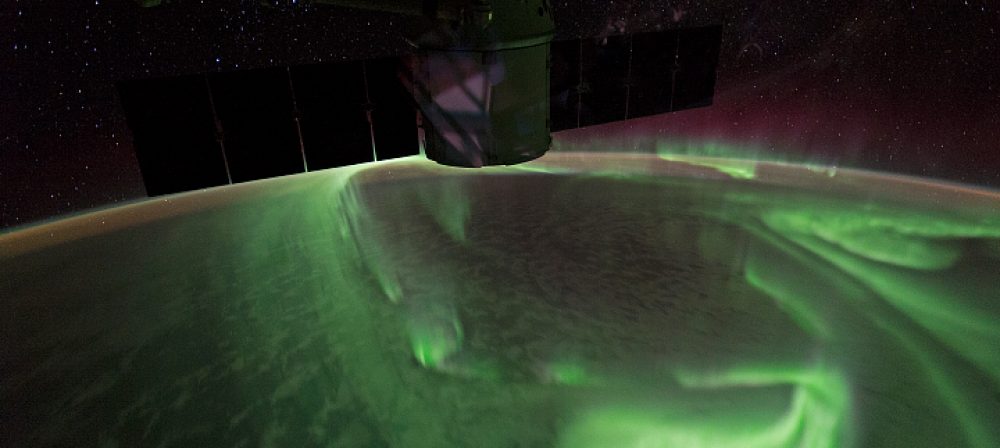Despite a multitude of past research activities, we still do not understand the physical mechanism behind one of the most captivating space phenomena visible to humans: the aurora. A diverse number of processes have been identified to operate in context with auroral activity, including double layers, various features of ion and electron distribution functions, wave activity, as well as convection associated with converging electric fields. All these processes are, without a doubt, important pieces of the puzzle, the elusive solution of which will reveal to us how the auroral acceleration region works as a combination of all these processes. A hint of a possible solution has been recognized a long time ago. We know that auroral acceleration occurs in conjunction with current sheets and parallel electric fields. Consequently, it has been suggested by Atkinson and by Haerendel that aurora should, in some form, be associated with magnetic reconnection at the auroral acceleration site. However, until now, we lacked knowledge of the kinetic physics of reconnection to pursue this idea further. With the measurements of the Magnetospheric Multiscale mission and the rapid development of reconnection theory and modeling we are now in the position to explore this idea. With this letter of intent, we propose to assemble an international, multi-disciplinary team of scientists to combine knowledge of auroral processes with knowledge of the kinetic physics of reconnection to explore whether magnetic reconnection in the auroral acceleration region can be the glue between the known auroral phenomena, and, whether it can ultimately explain the nature of auroral acceleration.
Can magnetic reconnection explain the discrete aurora?
ISSI Team led by Michael Hesse (NO)
